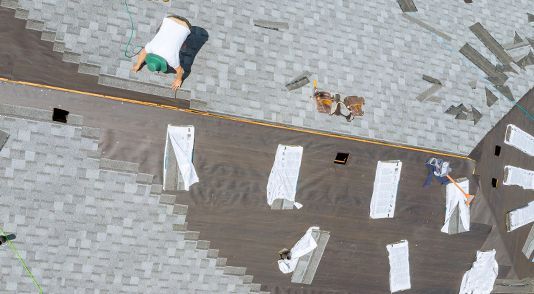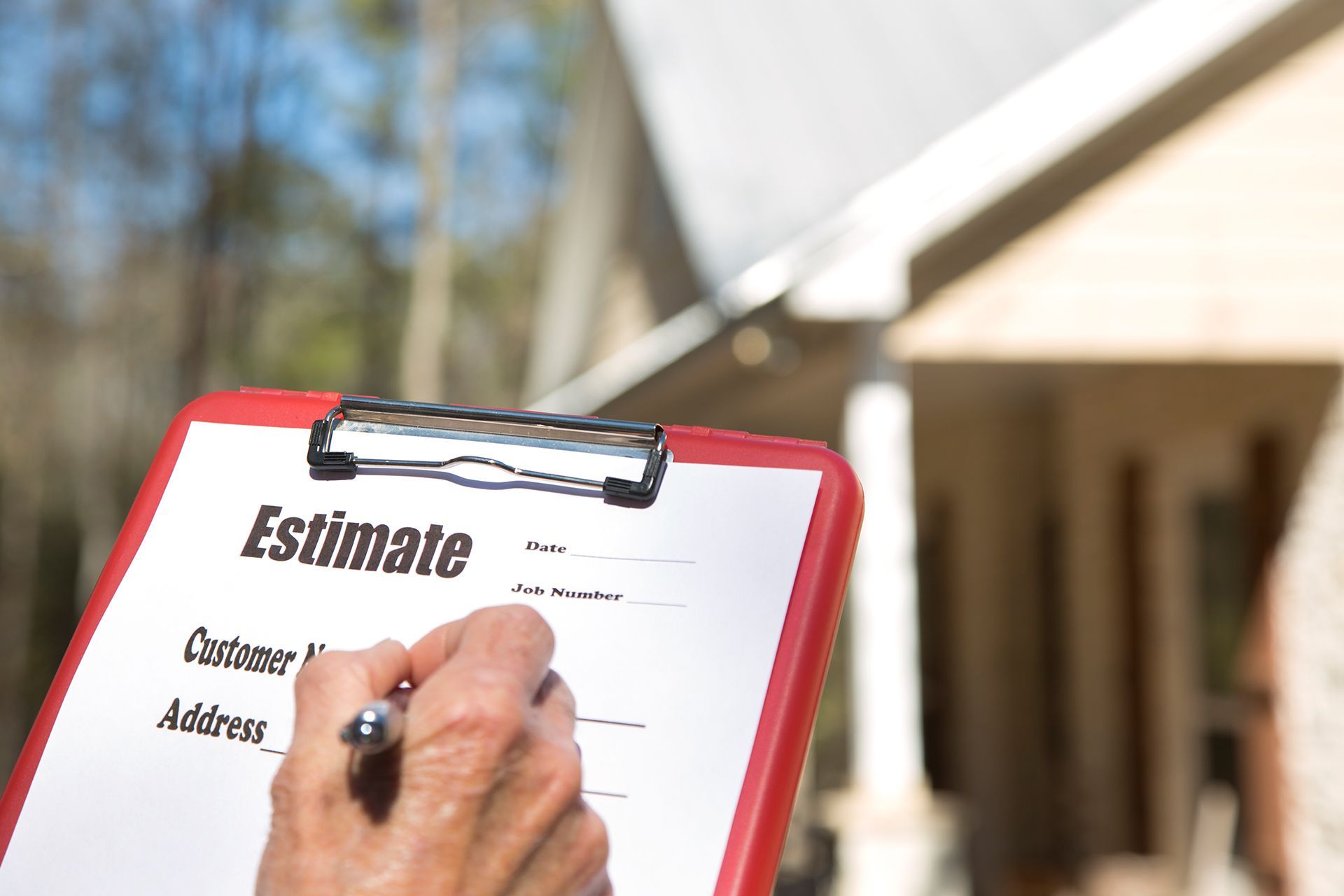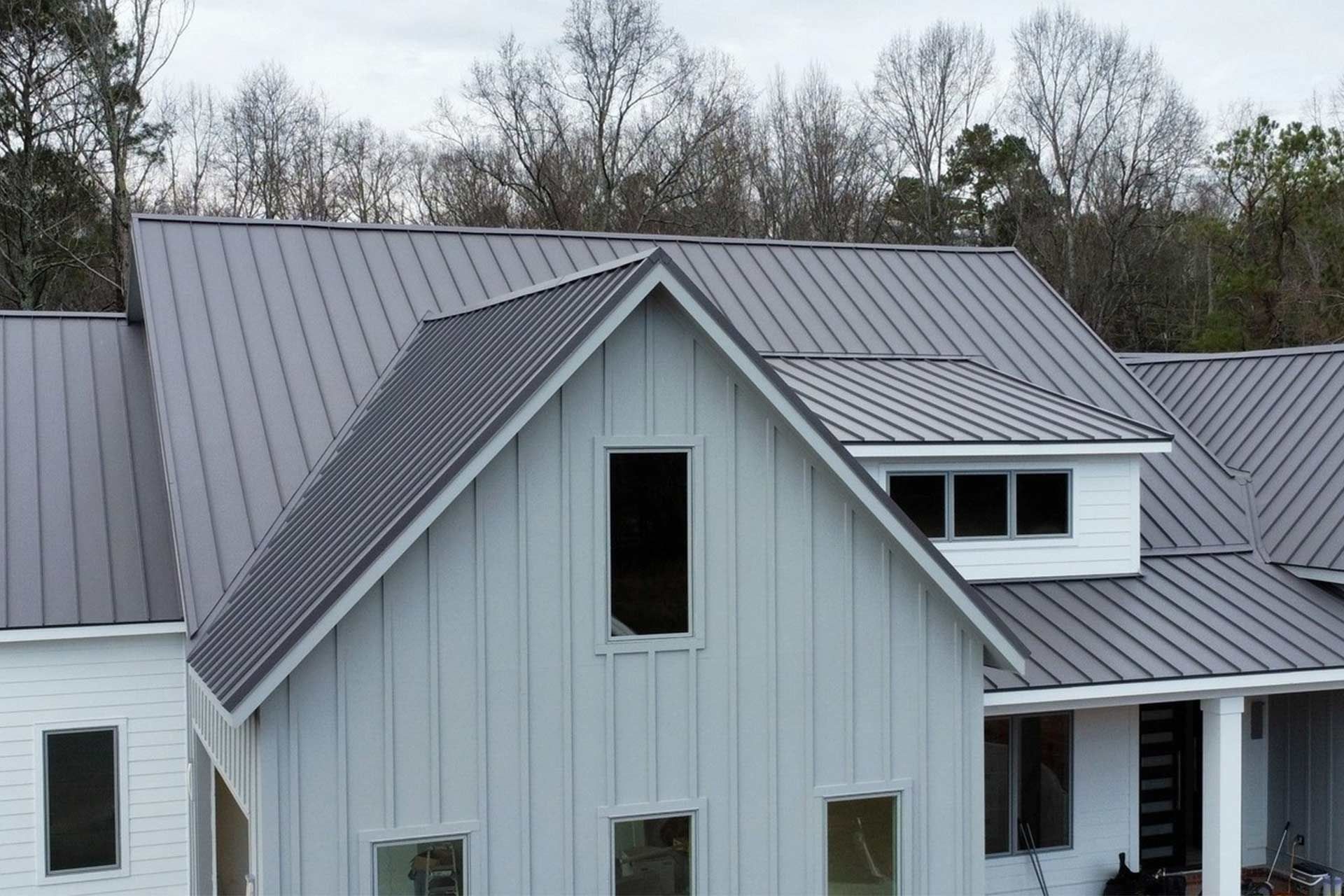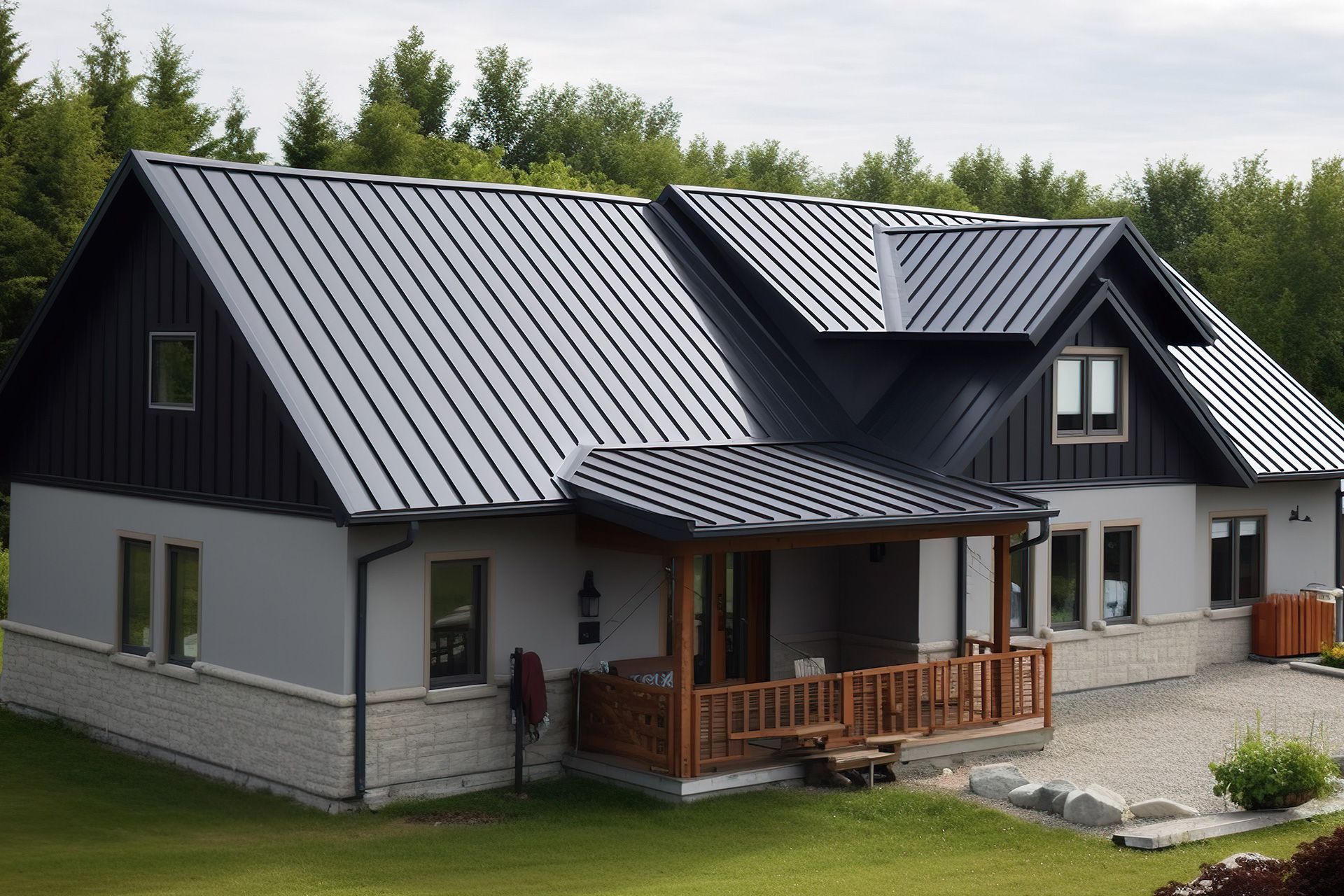Unveiling the Lifespan of Roofs: A Comprehensive Guide on Material-Based Durability
While there are many factors that contribute to the lifespan of your roof, the material you choose undeniably plays a pivotal role. Whether it’s the traditional asphalt shingles or the modern, eco-friendly solar tiles, each material has its own set of advantages, disadvantages, and longevity. This informative guide aims to offer a comprehensive understanding of the lifespan of different roofing materials, helping homeowners and property managers make informed decisions.
Introduction to Roofing Material Lifespan
Just like any other component of your home, your roof has a life expectancy. The longevity of a roof is influenced by a multitude of factors, including the quality of materials used, the workmanship during installation, the local climate, and the maintenance routine. In general, a well-installed, high-quality roof can last anywhere from 20 to 100 years. However, the kind of roofing material significantly influences these numbers.
Understanding the Lifespan of Various Roofing Materials
Each roofing material comes with its distinct set of benefits, drawbacks, and lifespan. Let's delve into the specifics of various roofing materials and their expected longevity.
Asphalt Shingles
Asphalt shingles, owing to their cost-effectiveness and durability, have become the most prevalent roofing material in North America. There are primarily two types of asphalt shingles - three-tab shingles and architectural shingles.
Three-Tab Asphalt Shingles
Three-tab asphalt shingles are an economical choice and typically last for 15 to 20 years. Despite being budget-friendly, they have a relatively low lifespan due to their less durable materials and low resistance to wind damage.
Architectural Asphalt Shingles
Architectural asphalt shingles, on the other hand, are thicker and more durable. As a result, they can endure harsh weather conditions and have an estimated lifespan of 30 to 50 years. These shingles come in a variety of colors, giving homes a layered aesthetic appeal.
Metal Roofing
Metal roofs are known for their longevity and ability to withstand extreme weather conditions. The lifespan of a metal roof largely depends on the metal type and its thickness.
Aluminum Metal Roofs
Aluminum metal roofs can last between 50 and 80 years, making them an excellent choice for homeowners seeking long-term roofing solutions.
Steel Metal Roofs
Steel metal roofs, on the other hand, have a lifespan of 40 to 60 years. While not as long-lasting as aluminum, steel roofs are still a worthwhile investment, offering decades of protection to your home.
Wood Shingles and Shakes
Wood shingles and shakes, typically made from cedar, provide a natural, rustic look to homes. While they are relatively affordable and aesthetically appealing, they require consistent care and maintenance. Most wood roofs last up to 30 years but can be susceptible to termites, fires, mold, and mildew.
Clay and Concrete Tiles
Clay and concrete tiles are known for their durability and longevity. A well-maintained clay or concrete tile roof can last for 50 years or more. However, these tiles are heavy and require additional framing and supports, making them a larger investment.
Slate Tiles
If you're looking for a roofing material with an exceptional lifespan, slate tiles are the way to go. These sturdy tiles can last well over 50 years, sometimes even up to 100 years. However, they are expensive and heavy, requiring additional structural support.
Solar Roofing Tiles
Solar roofing tiles, while still in their infancy, have shown promise in terms of longevity and energy efficiency. These tiles are expected to last about 30 years but are relatively expensive compared to traditional roofing materials.
Commercial and Flat Roofs
Commercial and flat roof lifespans vary depending on the type of material used. EPDM, a synthetic rubber material commonly used for
commercial roofs, can last 25 to 30 years or more. PVC, a type of flat roof that involves a vinyl membrane, can last over 20 years but is a more expensive option.
TPO, a single-ply flat roofing option, typically lasts between 15 to 20 years.
How to Extend the Lifespan of Your Roof
While the type of roofing material plays a crucial role in determining its lifespan, regular maintenance can significantly extend it. Here are a few tips to help you prolong the lifespan of your roof:
- Regularly inspect your roof for signs of damage and wear.
- Clean your gutters regularly to prevent water buildup and potential damage.
- Trim overhanging tree branches to avoid damage from falling branches.
- Schedule regular professional inspections to identify and fix minor issues before they escalate into more significant problems.
How Often Should I Replace My Roof?
While the type of roofing material can provide a general timeline for roof replacement, it's critical to monitor the health and condition of your roof regularly. Warning signs that you may need a new roof include visible damage to the roof material, leaks, discoloration of the ceiling, and pest infestations. Regular inspections, particularly after harsh weather conditions, can help identify minor problems before they escalate, thereby prolonging the lifespan of your roof.
Conclusion - Choosing the Right Roofing Material
Choosing the right roofing material is a crucial decision that can impact the longevity and durability of your roof. Each material has its own set of advantages, disadvantages, and lifespan. Therefore, understanding the durability of different roofing materials can help you make an informed decision that suits your specific needs and preferences.

If you're unsure about the right roofing material for your home or need professional advice on roof maintenance, don't hesitate to reach out to us at American Roofing & Renovation. Our team of experienced professionals is committed to providing top-notch roofing services with the utmost integrity and professionalism. We look forward to helping you protect your investment and prolong the lifespan of your roof.











